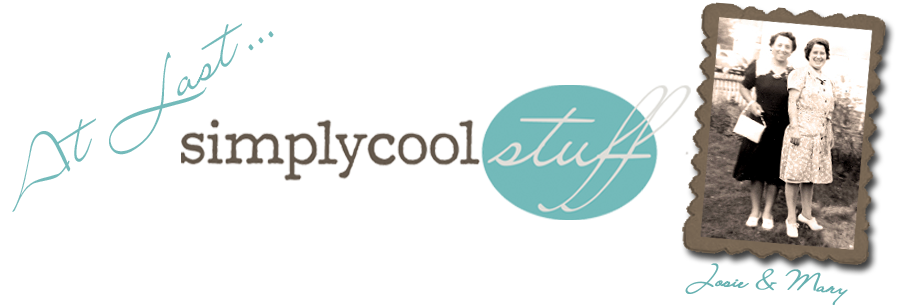"No person was ever honored for what he received. Honor has been the reward for what he gave." Calvin Coolidge, 30th President, 1872-1933
Memorial Day was officially proclaimed and first observed at the end of the Civil War, on 30 May, 1868. By 1890 it was recognized by all Northern states and all Southern states after WWI(1919). In Flanders Field a poem written by Canadian physician and Lt. Colonel John McCrae in 1915 after witnessing the death of his friend, 22 year old Lt. Alexis Helmer, is often recited during Memorial Day observances. Emotions run deep after hearing this declaimed, and the imagery of poppies stays as a reminder of the blood shed for our liberty.
Poppies became a symbol of Decoration Day, as it was called, after this poem was published in 1915 by Moina Michael:
"We cherish too, the poppy red
That grows on Fields where valor led,
It seems to signal to the skies
That blood of heroes never dies."
It was Moina who came up with the idea to wear poppies on Memorial Day in honor of those who died serving their country during War. Paper poppies were sold to raise money for orphaned children and widows and the tradition spread around the world. In 1922, the Veterans of Foreign War became the first veterans' organization to sell poppies toward this effort.
Beginning in 2000, then President Bill Clinton declared a National Moment of Remembrance, at 3 PM local time to "voluntarily and informally observe a moment of silence, remembrance, and respect." I think this is the very least we can do for these heroes. Attend a parade, visit the cemetery, cry, pray; treat Memorial Day as it is intended to be - a solemn day to think about those gone, and those still fighting. To live our lives in appreciation for the ultimate sacrifices made for our freedom is to truly honor them with THANK YOU....
"This nation will remain the land of the free only as long as it is the home of the brave." Elmer Davis, news reporter, 1890-1958.

















































